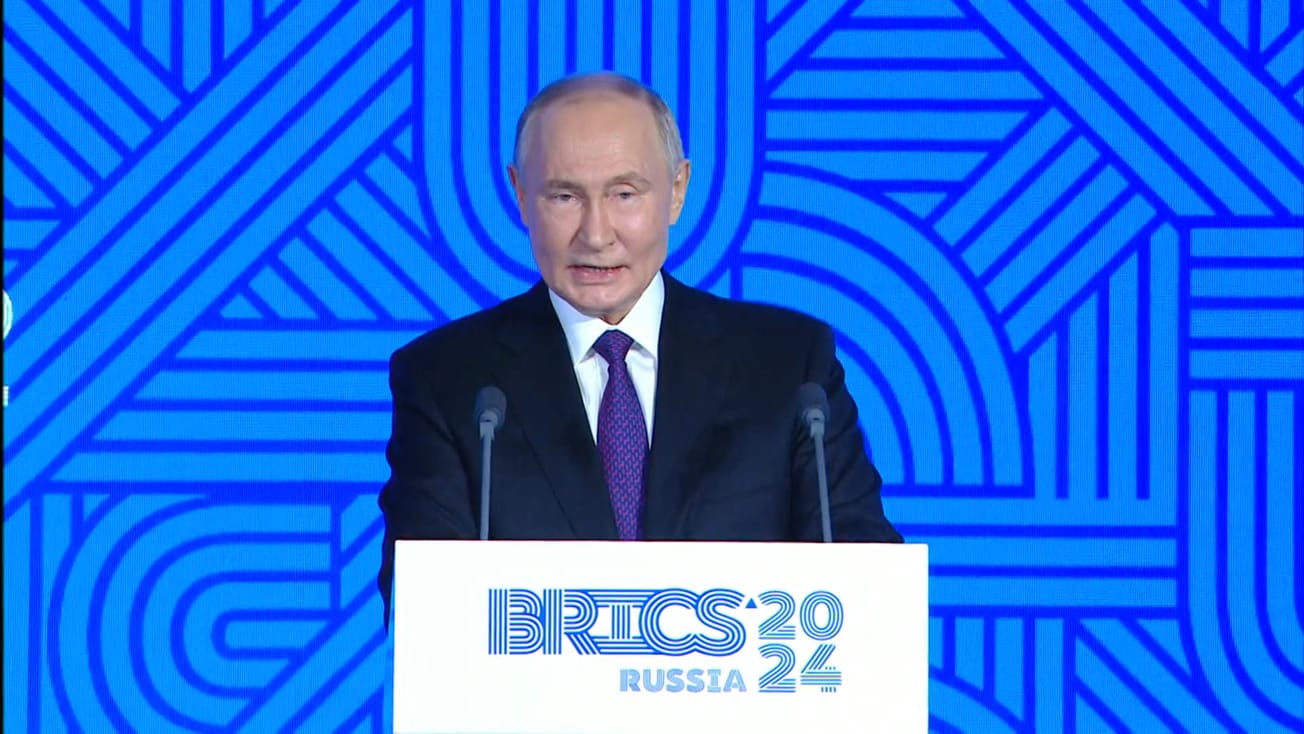In August, U.S. company issuance of junk bonds—bonds that are below investment grade and pay a high yield—reached $52.9 billion, by far the highest issuance of junk bonds in the month of August in American history. Bank of America Global Research credit strategists project that U.S. junk bond issuance for 2020 will reach $375 billion, the highest yearly level ever recorded. How is that possible that with a collapsed economy the U.S. can issue bonds, many of which will default, at record levels?
It is not merely because two spheres exist in the United States: one of transformative physical economic and scientific growth and the other of cancerous speculation, with the latter subjugating the former. And that the cancerous bubble is now under the manipulation and control of the central banks. This is the policy put forward by the BlackRock investment firm paper “Dealing with the Next Downturn: From Unconventional Monetary Policy to Unprecedented Policy Coordination,” and advanced by then-Bank of England Governor Mark Carney at the Jackson Hole meeting of central banks and bankers, on Aug. 22-24, 2019. This policy called for “regime change,” not mainly against developing nations’ governments, but against the so-called advanced sector governments. Credit and fiscal policy would be removed from the hands of elected governments and put even more securely and directly in the hands of the central banks.
At the start of the responses to the COVID-19 pandemic, the U.S. Federal Reserve, the Bank of England, and the ECB all announced policies, which while claiming to assist the fight against COVID-19, did not. Instead, the funds went to address the freeze-up of the repurchase market which manifested itself in September 2019, and which itself reflected the meltdown of the speculative world financial system. The U.S. Federal Reserve issued $3.1 trillion in money-pumping, through asset purchases, and scarcely a dollar went to real physical economy and labor power.
Hardly a voice has been raised against the bankers’ dictatorship, with the powerful exception of the movement of Lyndon LaRouche. The Fed creates the liquidity to finance the junk bond market to a potentially record year, a policy that no one in the U.S. government has approved. The productive side of the economy, and needed small and medium-sized entrepreneurs are starved of credit.
This “regime change” must be reversed, and the leading nations of the world must put in place a new economic system based on the primacy of scientific and technological development, mediated through infrastructure and high-level capital goods.



